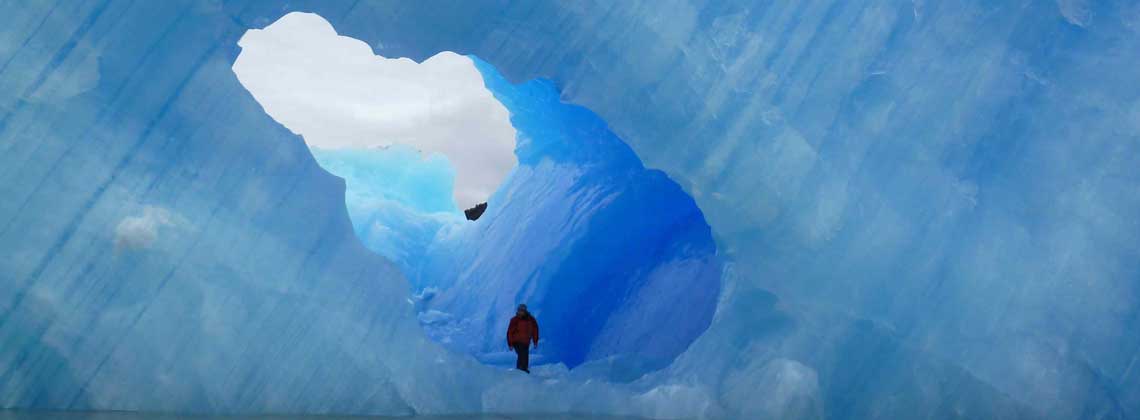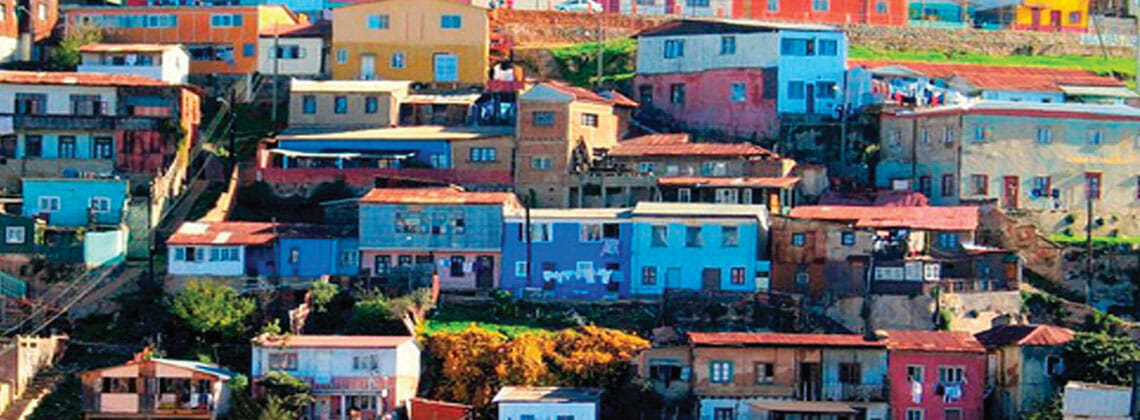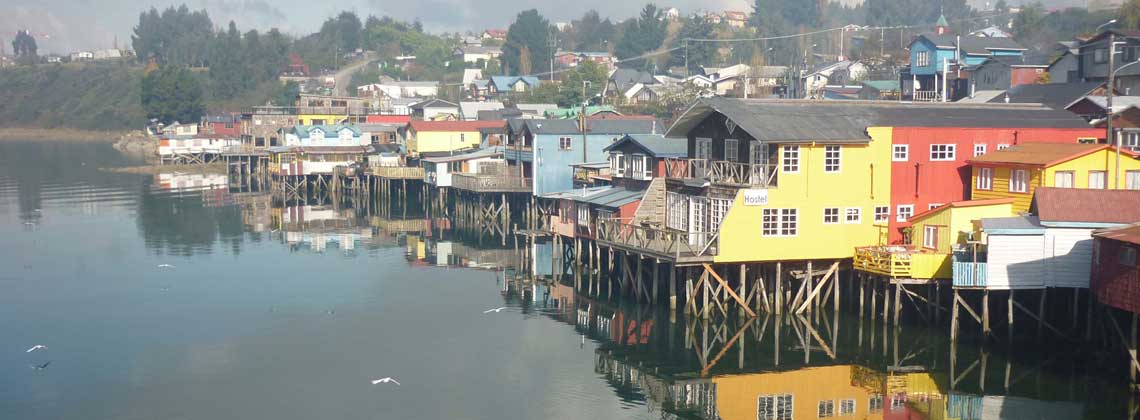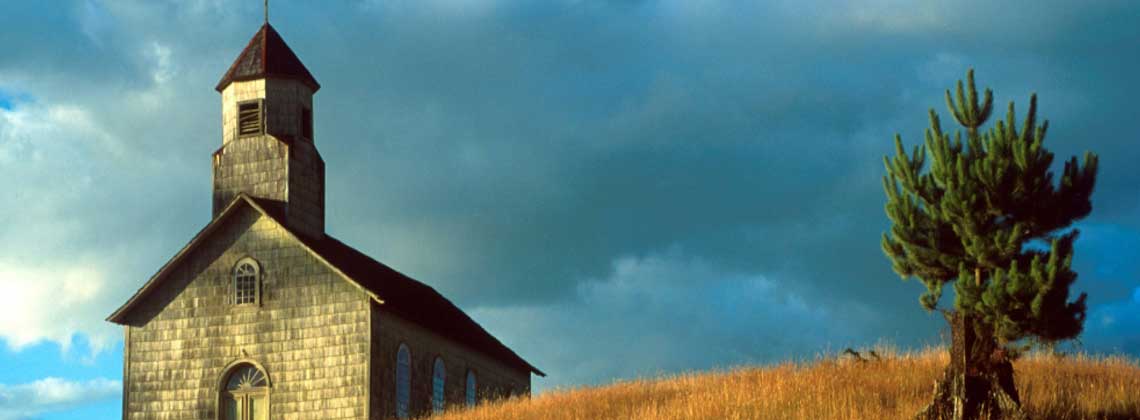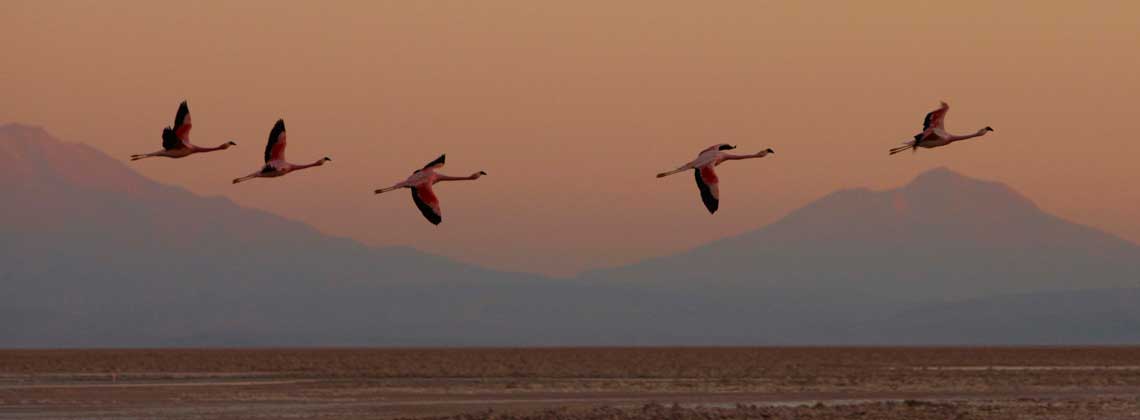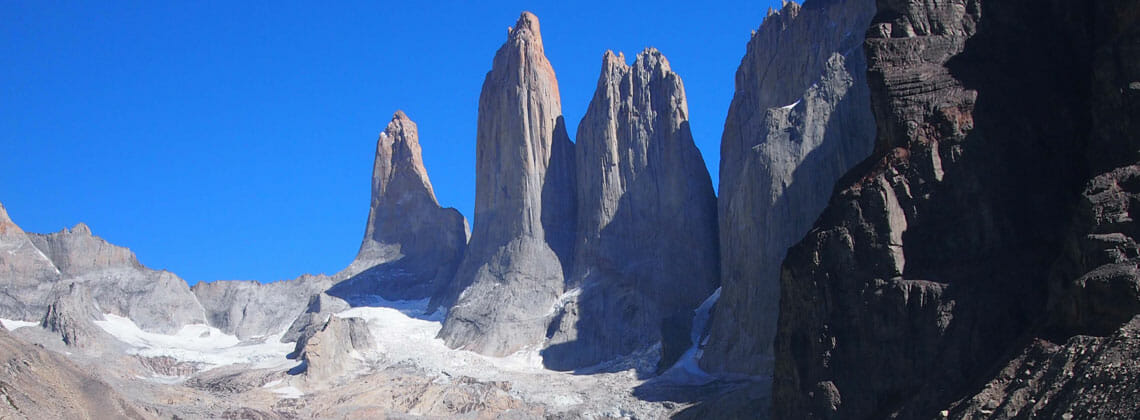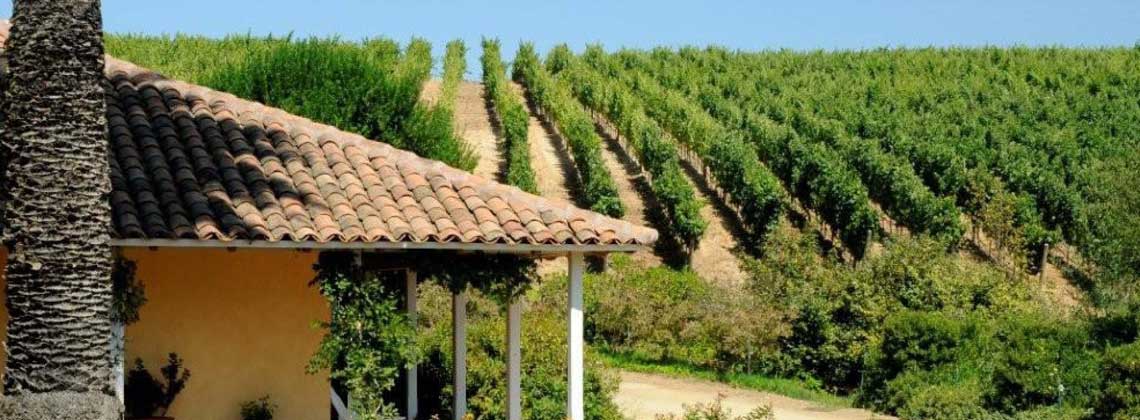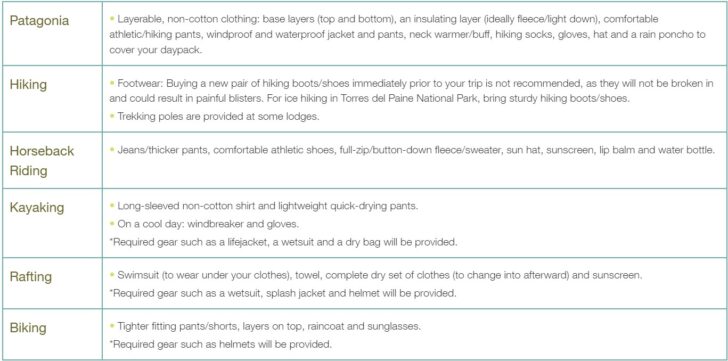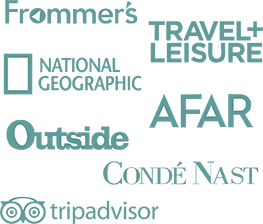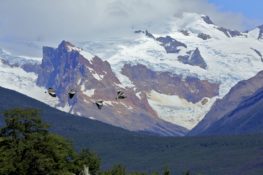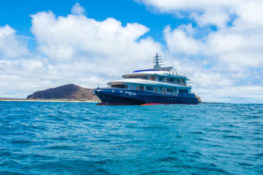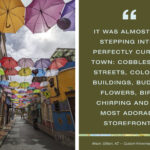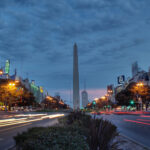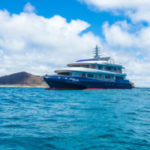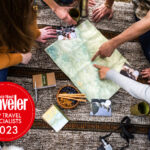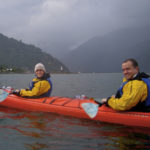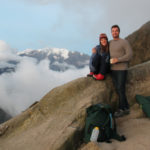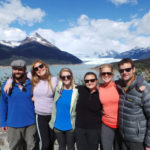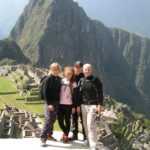- No visas/reciprocity fees needed for U.S. and Canadian citizens to enter Chile.
- Australians need a visa to enter Chile. See steps here.
- Proof of onward travel (i.e. return flight tickets) may be required.
- Minors traveling without parents/guardians may need additional documents. Visit Travel.gov for more info.
- Local ATMs distributing Chilean pesos use the most current exchange rates and are the most economical way to get money. However, most have daily withdrawal limits and sometimes can run out of cash in the high season.
- Debit and credit cards are often accepted in restaurants and large shops, but sometimes have daily transaction limits. Make sure to notify dates and countries of travel, note phone numbers needed to cancel cards if lost/stolen and bring back up cards.
- Bring at least $100 USD per traveler in small bills as back up funds to exchange to pesos at money exchange offices (casas de cambio).
- Talk to your bank about foreign currency ordering services if you prefer to arrive with Chilean pesos in hand.
- Tips in Chilean pesos are preferred and large bills can be difficult to break, so hang onto small bills and change for tips.
- Use the following only as a framework and tip based on the level of service you receive.
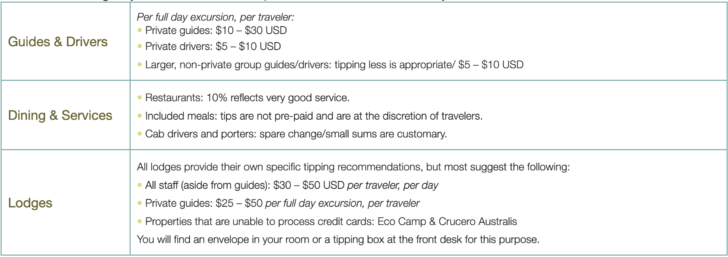
- Trip insurance is not included in your trip cost. Knowmad highly recommends insuring your trip, as the unforeseeable is just that, unforeseeable. A few days after confirming your trip, you will receive an email from our recommended travel insurance provider with a pre-built quote that you’ll be able to purchase.
- A plug adapter is needed to make any device fit the “C” style socket (two, wider-set, round prongs).
- Accepted voltage: 220. Devices like cameras and phone chargers should accept this voltage, but hair dryers and curlers of 110 volts will likely fry.
- A converter is needed if devices do not accept 220 volts. Check labels for compatibility.

- Drinking bottled water is recommended. Although tap water is potable and what most locals drink, it has a high mineral content and may cause upset stomachs.
- In Torres del Paine National Park, guides may say that streams are safe to drink from, but it is not recommended.
- Many lodges give out reusable water bottles. If not traveling to a lodge early on, bringing your own bottle is recommended.
Chile is considered a safe country, but petty crime does occur. Take the following precautions:
- Be aware of your surroundings, always keeping a close eye on your belongings, especially in crowded places.
- Use a bag that zips, doesn’t hang loosely and when in crowds, move it to the front of your body.
- Avoid wearing flashy/expensive jewelry/watches.
- Carry only the money you need each day. Keep the rest with your valuables in your hotel room’s safety deposit box.
Beyond open eyes, an open mind, and your sense of adventure, here are some guidelines for packing for your trip. Chile is generally a casual country regarding clothing; although shorts or distressed denim are not as common as they are in the United States. Layerable clothing is ideal.
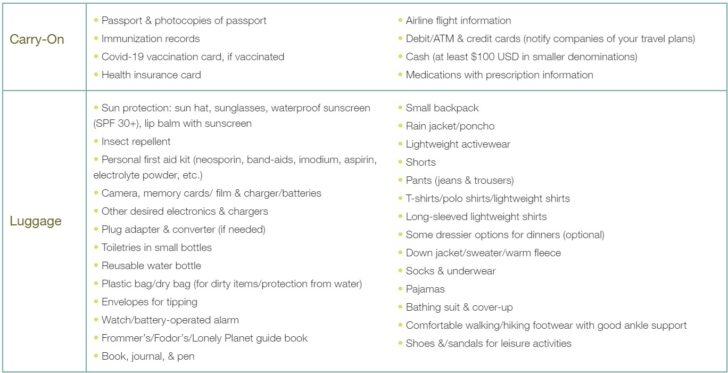
Check with your carrier and refer to your ticket booking details for information on baggage restrictions and fees.
Knowing a lot about a country before you visit can enrich your travels, help you meet and relate more to local people, and have a deeper appreciation for historical and cultural sites. To learn more about Chile’s history, culture, and people we recommend consulting travel guide books, online websites, and travel blogs.
Meals in Chile are more leisurely and on a later schedule than in the United States. Lunch is the biggest meal of the day. It doesn’t begin until 1-2:00 p.m., and can last a few hours. During this time many businesses, including banks, will be closed.
Dinner times in Chile are much later than in most of the United States, and many restaurants will not open until after 7:00p.m. On weeknights, dinner for most Chileans begins after 9:00 p.m., and on weekends even later. Meals are meant to be enjoyed and expected to be unrushed. You will have to ask for the check, as it is considered rude to provide a check without the patron having requested it. If you would like that Knowmad to assist you with making restaurant reservations, please note that we must be notified at least 2 weeks prior to your dates of travel, especially if traveling during December or early January.
Price guide for the approximate cost of a main dish at each restaurant (please note that prices and restaurant hours are subject to change without notice): $ = Under 10 $$ = 10-25 $$$ = 25-50 $$$$ = Over 50
Covid-19 has affected restaurants’ hours of operation in South America as in the United States. Please refer to their websites for additional information and to make a reservation, as doing so may require you to enter payment information to confirm the reservation. We recommend making reservations at least 2 months in advance for the Christmas, New Year’s, and Easter holiday dates; and further in advance if looking to dine at a particular restaurant. If calling or making reservations outside of Chile dial +56 before the complete phone number.
SANTIAGO: LASTARRIA / PROVIDENCIA / DOWNTOWN
- ZEROFORTY (040) – Price: $$$$ This sleek restaurant serves inventive dishes that are inspired by molecular gastronomy. Don’t miss out on visiting Room 09 – a secret rooftop bar that only restaurant diners and members are allowed to enter.
- BOCA NARIZ – Price: $$-$$$ Restaurant & Wine bar in the heart of Lastarria known for its innovative dishes and wide variety of wines.
- LIGURIA LASTARRIA – Price: $$ -$$$ Made up of three floors with different ambiences, this restaurant offers great chilean food along with a variety of wine to choose from.
- PEUMAYEN – Price: $$$ “Ancestral” food, a well known Chilean/Argentine chef has created an innovative and modern menu based on food eaten by different indigenous groups throughout Chile. An adventure for the palate, but still a filling, tasty meal in an elegant and well attended space in the Bellavista area.
- PULPERIA SANTA ELVIRA – Price: $$$ This restaurant aims to make you feel at home with its cozy location, seasonal cuisine made from local products and personalized attention.
SANTIAGO: VITACURA / LAS CONDES
- BORAGÓ – Price: $$$$ Chile’s top ranked restaurant run by chef Rodolfo Guzman, and only one in Chile included on the World’s 50 Best. Experimental seasonal foraged dishes in insanely presented 8-18 course tasting menus, with optional drink pairing. More of a sensory experience than a regular meal. Reserve well in advance
- LA MAR – Price: $$$ La Mar offers traditional and contemporary Peruvian cuisine. Its specialty is a fresh ceviche, and it is the third restaurant opened in Chile by renowned Peruvian chef Gastón Acurio.
- KARAI – Price: $$$ Located within the extremely stylish W Hotel, this sophisticated restaurant creates dishes that fuse Peruvian flavors with those of Japanese, Thai, and Chinese cuisine. Reservations are strongly recommended.
- TIRAMISÚ – Price: $$ Serving pizzas, seafood, salads, and delicious dessert, Tiramisú is a popular local restaurant perfect for a casual meal. They do not take reservations so wait times can vary.
- AMBROSIA – Price: $$$ This high-class restaurant offers a changing menu based on the imagination of its chef Carolina Bazán, who reinvented her family’s traditional restaurant into a regional standard. Also check out their more informal version Ambrosia Bistro located in Providencia.
VALPARAÍSO
- MARALEGRE – Price: $$$ – $$$$ Enjoy a delicious contemporary meal made with local ingredients on the outdoor patio overlooking the city and harbor.
- RESTAURANT LA CONCEPCION – Price: $$$ Located on top of Cerro Concepción, with a stunning view, La Concepción offers a variety of cuisine paired with local wines.
- PORTOFINO – Price: $$$ Take in beautiful views from the patio while enjoying a mix of Italian food and Seafood.
- CAPERUCITA Y EL LOBO – Price: $$$ This family run restaurant, previously the family home, is known for its eclectic decor and menu which focuses on local products.
VIÑA DEL MAR
- LE BISTROT MERCI – Price: $$ For a taste of Paris in Viña del Mar, try Le Bistrot Merci. Save room for the macaroons!
- RISTORANTE SAN MARCO – Price: $$$ Enjoy the delicious pasta, made fresh everyday and covered in a wide range of sauces, at this local favorite.
PUERTO VARAS
- FOGÓN LAS BUENAS BRASAS – Price: $$ Tucked out of the way at the end of the street, arrive early at this favorite for meat and seafood.
- CASA VALDES – Price: $$$ The best place in town to get fresh seafood while enjoying the beautiful view of Lake Llanquihue.
- BRAVO CABRERA – Price: $$ Enjoy huge portions of wings, burgers, or tasty pizza at this cantina where you can feel like a local.
- CAFÉ MAWEN – Price: $$$ A lovely spot to stop for a snack, lunch, or a coffee, right in the center of town.
- LA MARCA – Price: $$-$$$ Enjoy traditional chilean dishes and meat in this cozy parrilla.
- MESA TROPERA – Price: $$ Enjoy delicious pizza and pub fare, and a fun atmosphere at this popular location.
- EL BODEGON – Price: $$ Located at La Vinoteca, this restaurant is known for its great selection of wines along with its seafood and meat dishes.
CASTRO / CHILOĖ
- EL MERCADITO – Price: $$ Down by the Unicornio Azul hotel is the best seafood in town where you’ll enjoy the freshest, local cuisine in the area.
- RUCALAF – Price: $$$ In front of the Putemun Wetland, this restaurant offers gourmet seafood and a fusion of traditional Chilean and international dishes.
COCHRANE
- MARTICA – Price: $$ A relaxed family restaurant with a variety of Chilean and international options.
- LA ISLA – Price: $$-$$$ Local Chilean food with vegetarian options and excellent attention.
PUNTA ARENAS
- LA YEGUA LOCA – Price: $$ This convenient and delicious spot has homemade Chilean dishes of meats and vegetables and is inside the hotel by the same name.
- DAMIANA ELENA – Price: $$$ A favorite in Punta Arenas, this restaurant makes local cuisine such as steak, pasta, and seafood with fresh, local products.
- LA CUISINE – Price: $$-$$$ French cuisine with a Chilean twist, La Cuisine is a popular choice due to its classic and seafood dishes.
- SOTITOS RESTAURANT – Price: $$$ Try the delicious centolla (king crab) at this local favorite that offers many traditional foods from fresh seafood to steak.
PUERTO NATALES
- CANGREJO ROJO – Price: $$-$$$ Venture a short walk (or taxi ride) outside of the center for incredible crab, meat dishes, and desserts.
- AFRIGONIA – Price: $$$$ Completely unexpected, and a darling of local and international food critics. Founded by a Zambian chef who has created a unique fusion of African cooking using local Patagonia ingredients like lamb and salmon.
SAN PEDRO DE ATACAMA
- ADOBE – Price: $$$ The cozy setting, good service, and a range of tasty Chilean dishes and wood-grilled pizza make this a nice casual favorite.
EASTER ISLAND
- TE RA’AI – Price: $$$$ Te Ra’ai meals are also ethno-cultural events and include an interactive folklore show describing the myths and legends of Rapa Nui. Shows are bilingual (Spanish and English).
- TE MOAI SUNSET – Price: $$$ This restaurant is a favorite for its stunning views of Ahu Tahai and the ocean, with seafood, meat, and homemade pasta plates.
- TE MOANA – Price: $$$ Traditional Rapa Nui dishes with an outdoor, waterfront grill and expansive ocean views.
- DEEP DOWN DARK by Héctor Tobar tells the collective story of the 33 miners involved in the 2010 mine collapse, and how the event has changed their lives.
- MY INVENTED COUNTRY by Isabel Allende explores how the Chilean and American 9/11 events have affected the popular author’s life.
- THE STATUES THAT WALKED by Terry Hunt is a highly informative history chronicling the accomplishments of the people’s of Easter Island.
- TRAVELS IN A THIN COUNTRY by Sara Wheeler is the travelogue of one British woman as she travels the length of Chile.
- BY NIGHT IN CHILE by Roberto Bolaño is the fictional, winding deathbed confession of a Jesuit priest presented as one, long stream of consciousness.
- BONE AND DREAM by Lake Sagaris is a combination of fiction and non-fiction, showcasing the way of survival and preservation in the world’s driest desert.
- THUNDER SHAMAN by Ana Mariella Bacigalupo recounts the author’s experiences with a thunder shaman of the Mapuche culture in southern Chile
- HIDALGO: THE DESERT DIARIES by Elly & Nathan Foote is the true story of a couple who crossed the Atacama desert on horseback.
- EASTER ISLAND by Jennifer Vanderbes is a historical-fiction romance, where stories of two women in two different eras take place within the mysteries of the island.
PHRASES
- Buenos dias (BWEH-nohs DEE-ahs) – Good morning, Good day
- Buenas tardes (BWEH-nahs TAR-dehs) – Good afternoon
- Buenas noches (BWEH-nahs NOH-chehs) – Good evening
- Por favor (POHR fah-VOHR) – Please
- Gracias (GRAH-syahs) – Thanks
- ¿Cuánto cuesta esta? (KWAHN-toh KWEHS-tah EHSS-tah) – How much does this cost?
- ¿Dónde está ____? (DOHN-deh ehss-TAH ___) – Where is ____?
- ¿Habla inglés? (AH-blahs een-GLEHS) – Do you speak English?
- ¿Qué recomienda? (KEH reh-coh-mee-EHN-dah) – What do you recommend?
- Soy alérgico/a a ____ (soy ah-LEHR-hee-coh/-cah ah____) – I’m allergic to ___
AT THE TABLE
- La carta (lah KAHR-tah) – the menu
- La cuenta (lah KWEHN-tah) – the check
- Agua (AH-gwa) – water
- Café (kah-FEH) – coffee
- Cerveza (sehr-VAY-sah) – beer
- Vino (VEE-noh) – wine
- Pescado y marisco (pehs-KAH-doh ee mah-REES-kohs) – fish and seafood
- Pollo (POH-yoh) – chicken
- Carne (KAHR-nay) – meat
- Vegetariano/a (veh-heh-tah-RYAH-noh/-nah) – vegetarian
- Sin gluten (seen GLOO-tehn) – gluten-free
Have a question that you can’t find an answer to on our site? Or if you’d simply like to ask a real, live person your questions instead of browsing through these FAQ sections, we are more than happy to help. Just give us a call at 612-315-2894 or email [email protected].




